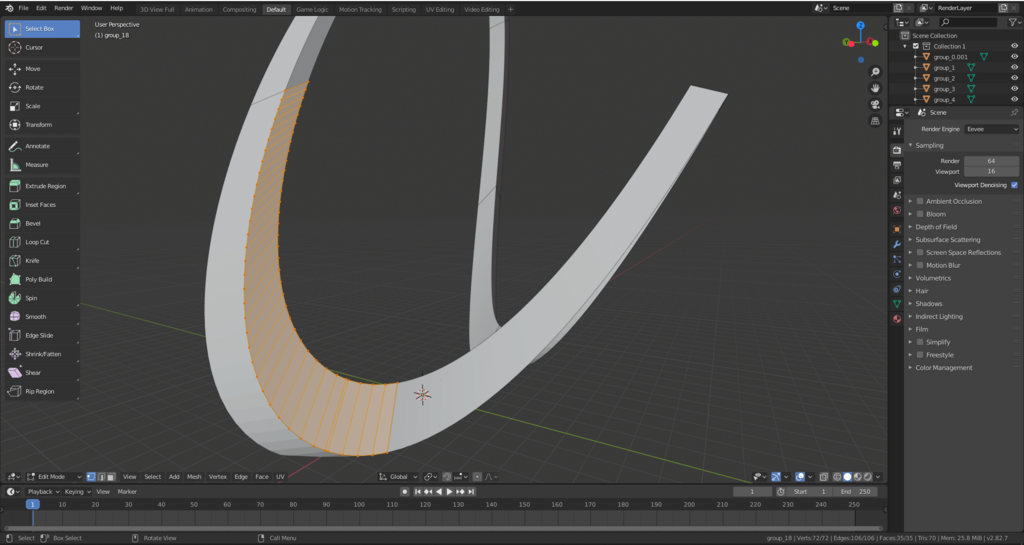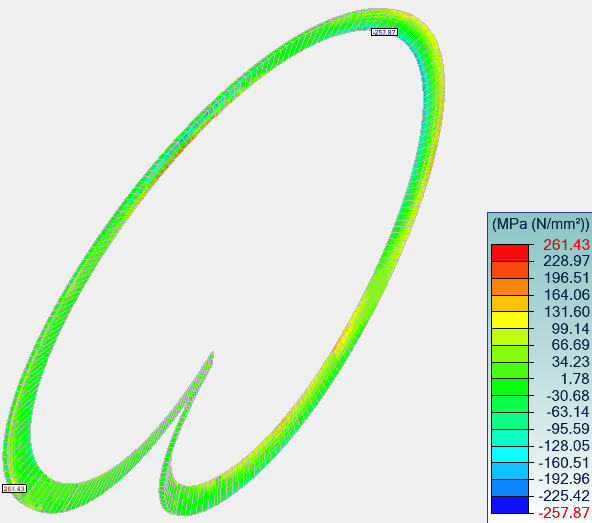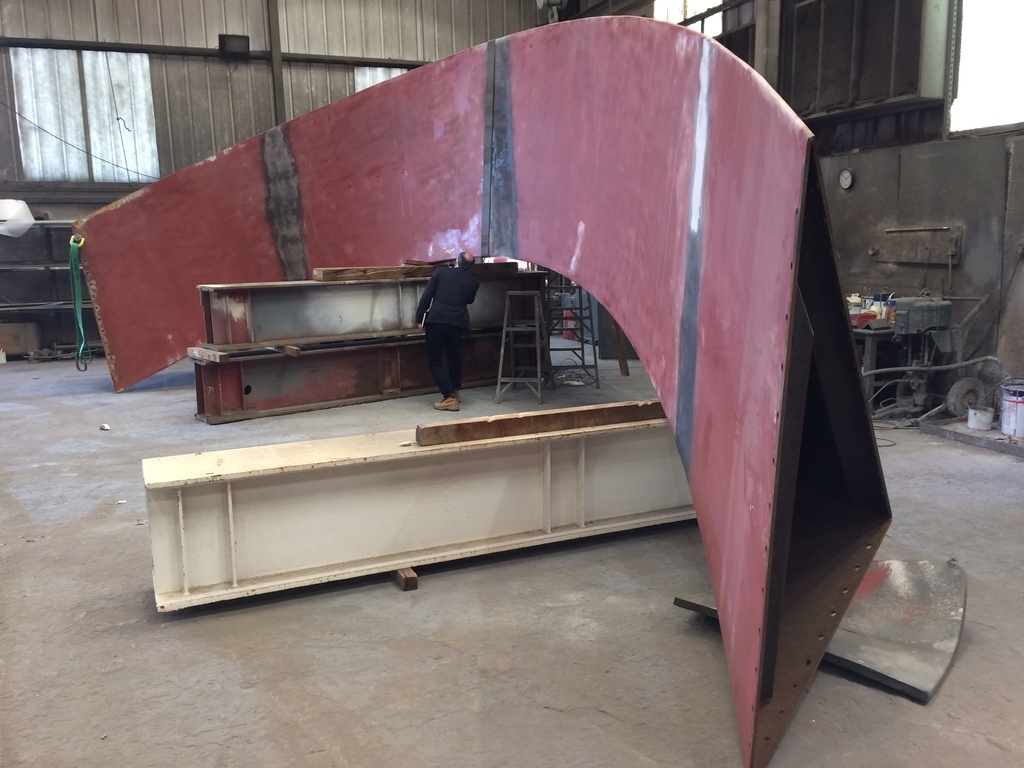Wow this is a fantastic structure @brunopostle and you have my full respect for having designed this!!
Am I right to think that I could tag the model with materials and fixity using IFC attributes in Blender and then run analysis in code_aster?
Unfortunately it is not like this, yet. Still a long way to go from various aspects, such as the implementation of non-standard geometries in ifc-to-code_aster (currently only straight lines and planar surfaces are being considered) and implementation of structural models in blenderBIM (still in early stage)
or is there a code_aster tool that is better suited to this
My best bet would be Salome_Meca that is an open-source suite that has modules like: geometry creation, mesh creation, a UI for creating the commands for code_aster and for running it, and paraview for visualization of the results. We are creating a number of video tutorials lately for beginners that could be of help
The first important part would be to import the geometry (accepted formats are BREP, STEP, IGES, STL, XAO) which can then be meshed directly in Salome_Meca unless you can create the mesh outside and import that instead (accepted formats are UNV, MED, STL, CGNS, SAUL, GMF but MED is the standard one. For this option meshio is an interesting library for conversion to MED). Then you would have to go through the steps manually through the UI.
Is the model you have a 3D solid one or you have also the shell-equivalent where you define a thickness in the finite element model you show?



